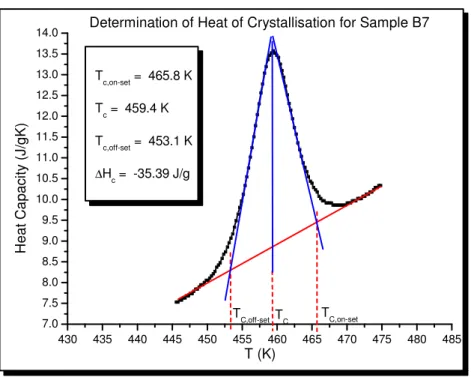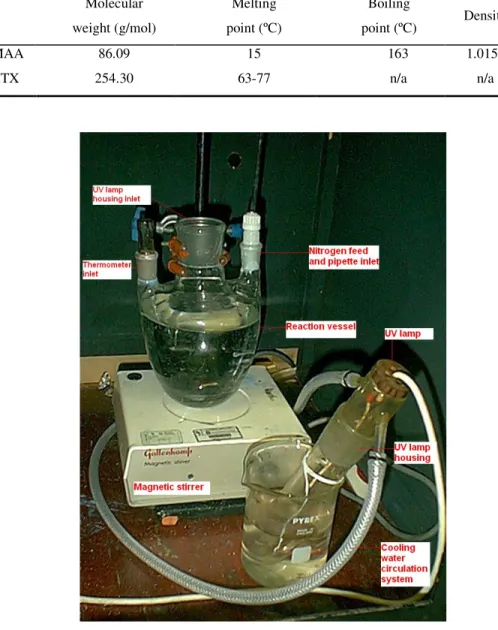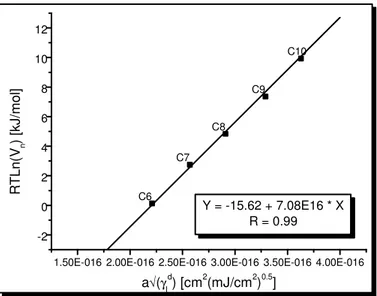Phase Separation and Phase Preferences in Pigmented, Impact-Modified, PCPBT Blends
Texto
Imagem




Documentos relacionados
The probability of attending school four our group of interest in this region increased by 6.5 percentage points after the expansion of the Bolsa Família program in 2007 and
The main variables associated with blends preparation, that includes grinding and filtering processes, are particle size distribution, specific surface area and filter cake
a literature survey to identify the key properties of unstabilised rammed earth materials: particle size distribution (PSD); maximum particle size (MPS); plasticity;
The mean values of the physical and chemical characteristics and the digesta particle size from the colon as well as the mean retention time, passage rate and transit time for
The investigation focused on pH changes, the molar ratio of Ca/P, morphology, particle size, particle size distribution, zeta potential, and chemical bonding to demonstrate
properties such as smaller particle size, uniform dispersion and higher surface area which were attained due to the utilization of the better zirconia precursor.. Furthermore,
The aim of this investigation was to study and compare properties such as crystallinity, phase purity, thermal stability, par- ticle size distribution, average particle diameter,
Table 1 lists physical data (particle shape, particle size, pore size, specific volume and specific surface area) of each of the silicas prior to PMOS loading, the % of PMOS





